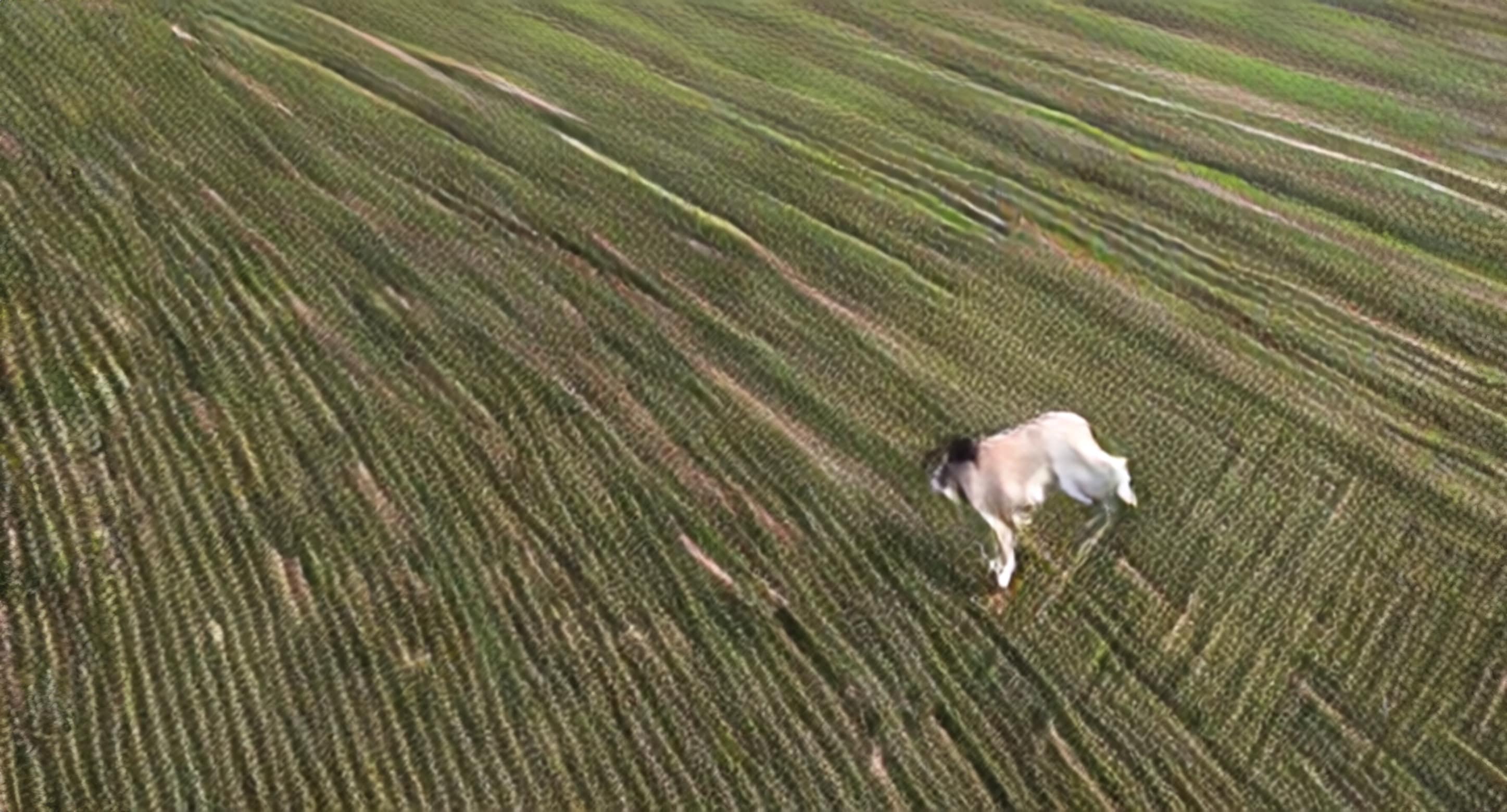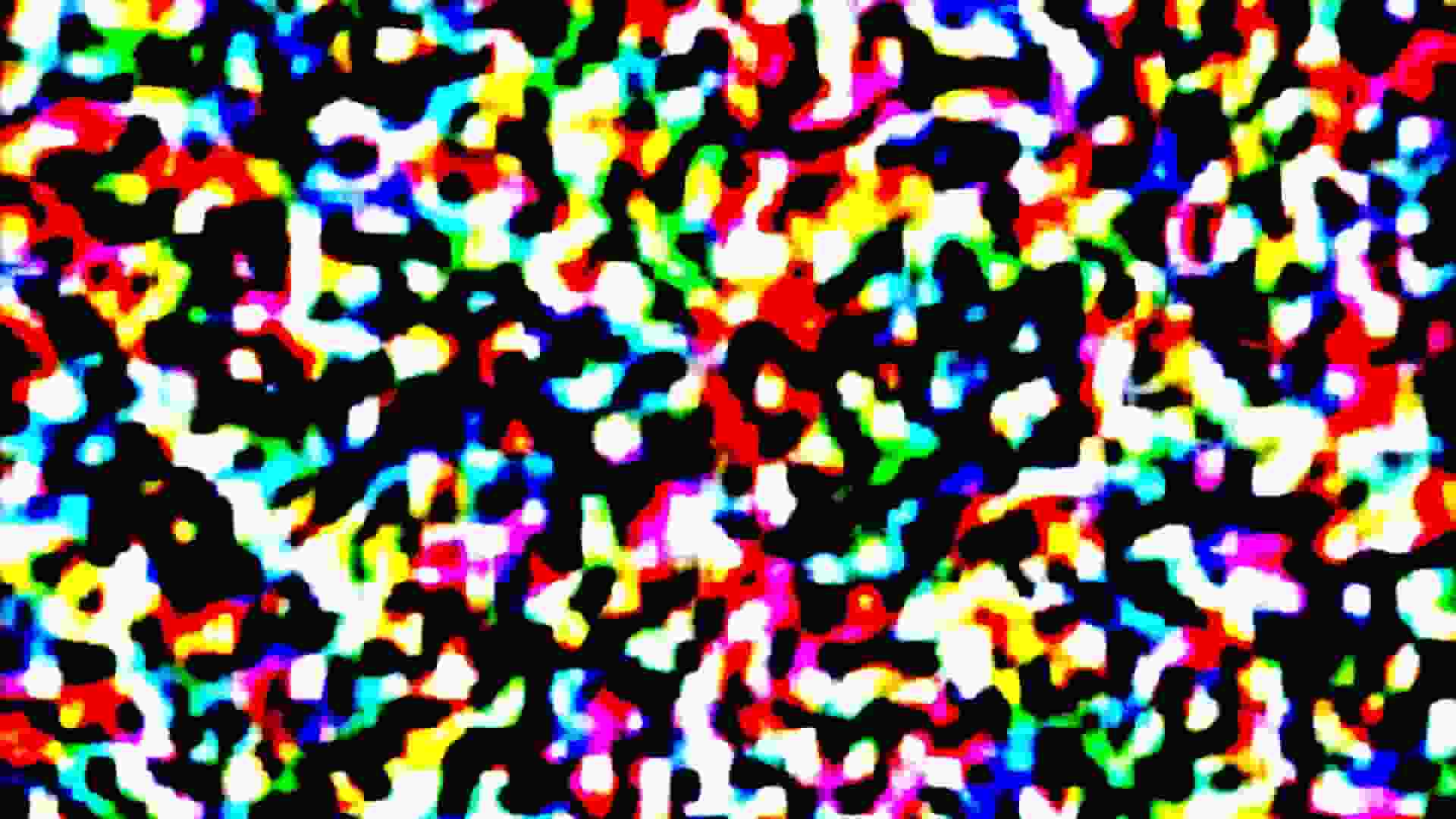
WEEK 7
HALF-BAKED IMAGES
Text-to-Audio
I wanted to create a full artificial experience to bridge between the artificial and the reality. Using audio as part of the experience could enhance the outputs further. I tried to create a simple workflow first to test out the generation process, and creates multiple samples. I would say that the outputs are not really that great when it comes to the stability and cohesiveness. For common sounds, such as the sound of the street, airplane, or a crowded place, they are much relatable.
However, when it comes to creating a melodic sounds, even with a simpler prompt, it tends to get horrifying, like you could create a horror soundtrack using it. But, there are some sounds that don’t make sense but they are good to hear. It has potential to be sampled to create new sounds.

Reducing "Step" values
The generation process still faces several challenges, one of which is the issue of incomplete or poorly rendered images. One potential solution to this is reducing the steps value, which may result in what I describe as “half-baked” images — visuals that appear unfinished or lack detail.
Half-Baked Images
In the context of generative AI, "half-baked images" refer to AI-generated visuals that are incomplete, poorly rendered, or contain errors and inconsistencies. These issues often arise due to the AI model’s limitations or the complexity of the task being performed.
Reflecting on my prior outputs, I would consider them examples of half-baked images. The combination of complex prompts and limited computational power has led to poorly rendered visuals, often resulting in flawed imagery and irrational movements in the outputs. While these limitations are evident in the workflow, I do not view them negatively. Instead, I see this as an opportunity to explore and embrace the imperfections. By adjusting the parameters thoughtfully, I aim to create images that feel both real and artificial at the same time — occupying an intriguing space between clarity and ambiguity.